Satellites come in all shapes and sizes, but there aren't any that look quite like SPHEREx, an infrared observatory NASA launched Tuesday night in search of answers to simmering questions about how the Universe, and ultimately life, came to be.
The mission launched aboard a SpaceX Falcon 9 rocket from Vandenberg Space Force Base in California at 8:10 pm local time (11:10 pm EDT) Tuesday. Less than 45 minutes later, the Falcon 9's upper stage released SPHEREx into a polar orbit at an altitude of roughly 420 miles (675 kilometers). Ground controllers received the first signals from the spacecraft, confirming its health after reaching space.
As soon as next month, once engineers verify the observatory is ready, SPHEREx will begin a two-year science mission surveying the sky in 102 colors invisible to the human eye. The observatory's infrared detectors will collect data on the chemical composition of asteroids, hazy star-forming clouds, and faraway galaxies.
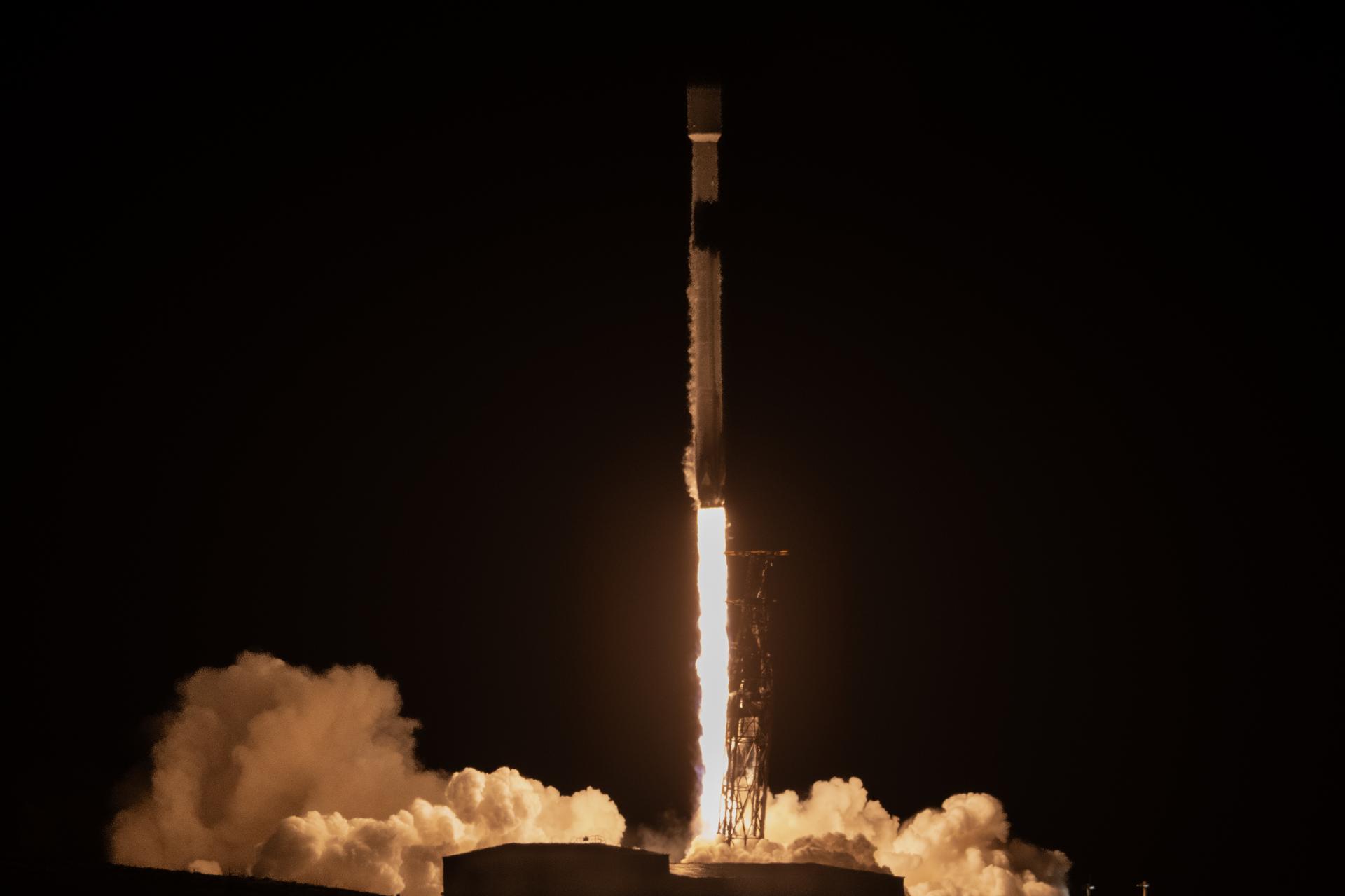
"SPHEREx is going to produce an enormous three-dimensional map of the entire night sky, and with this immense and novel dataset, we're going to address some of the most fundamental questions in astrophysics," said Phil Korngut, the mission's instrument scientist at Caltech.
"Using a technique called linear variable filter spectroscopy, we're going to produce 102 maps in 102 wavelengths every six months, and our baseline mission is to do this four times over the course of two years," Korngut said.
Boiling it down
The mission's full name, for which SPHEREx is the acronym, is a mouthful—it stands for the Spectro-Photometer for the History of the Universe, Epoch of Reionization and Ices Explorer. The $488 million mission seeks answers to three basic questions: How did the Universe begin? How did galaxies begin? What are the conditions for life outside the Solar System?
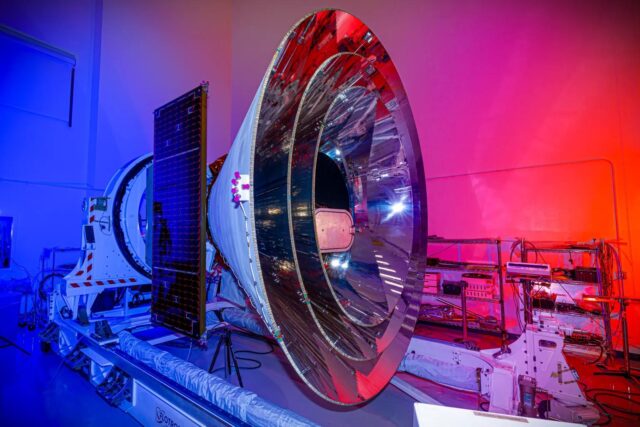
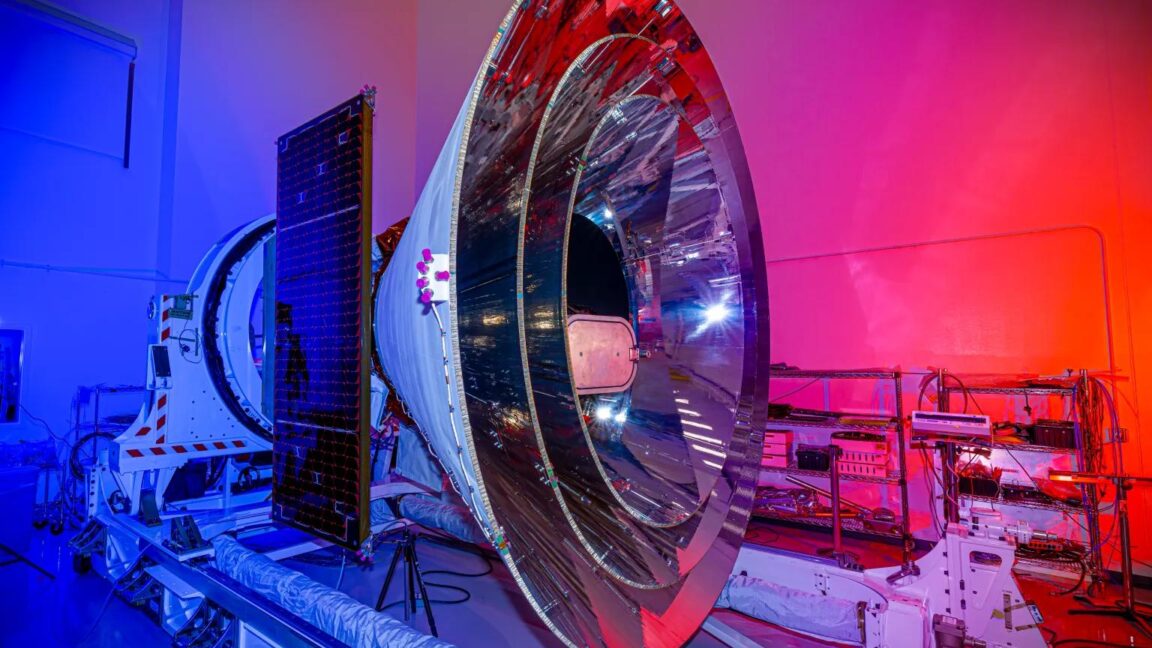
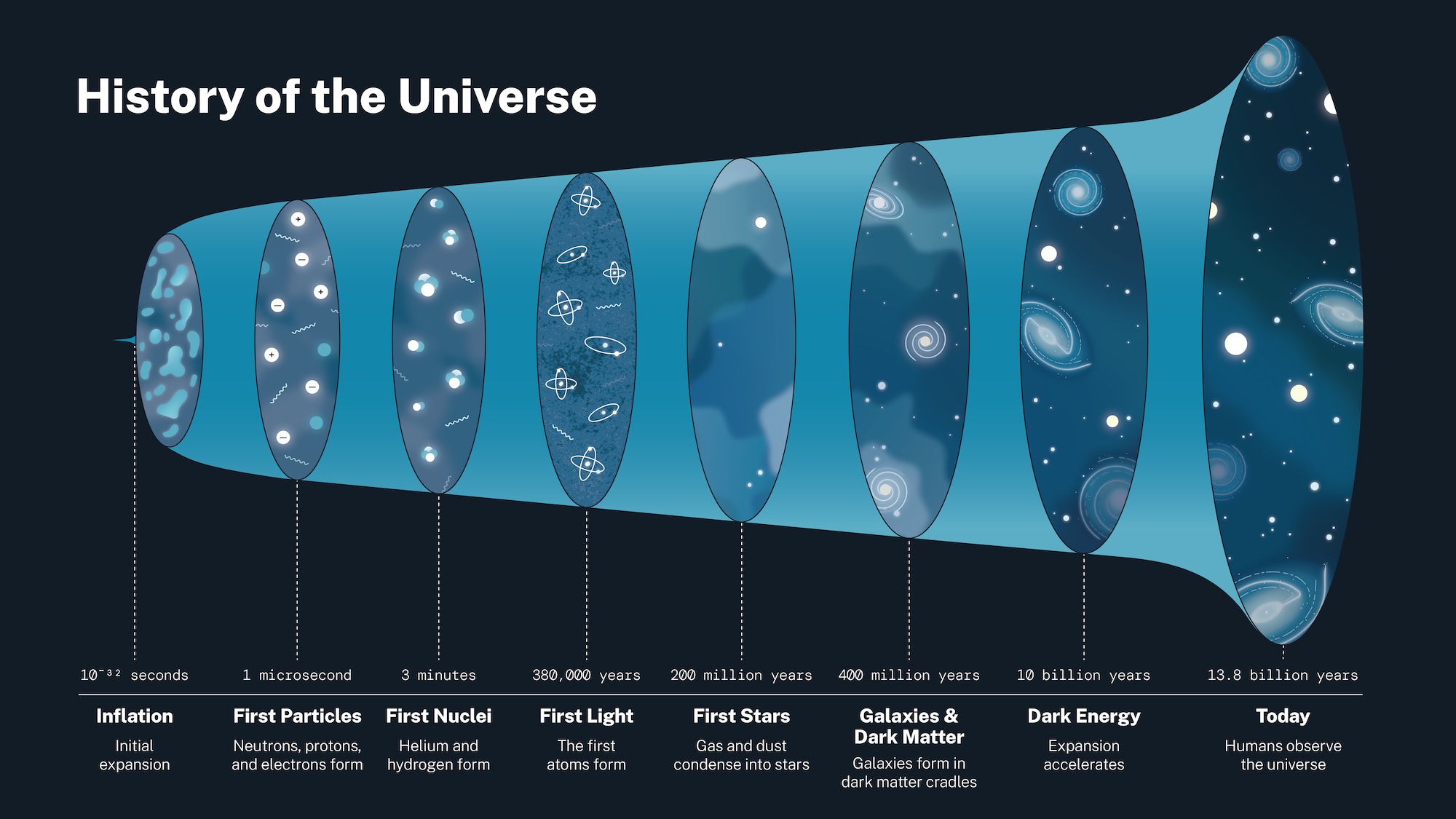

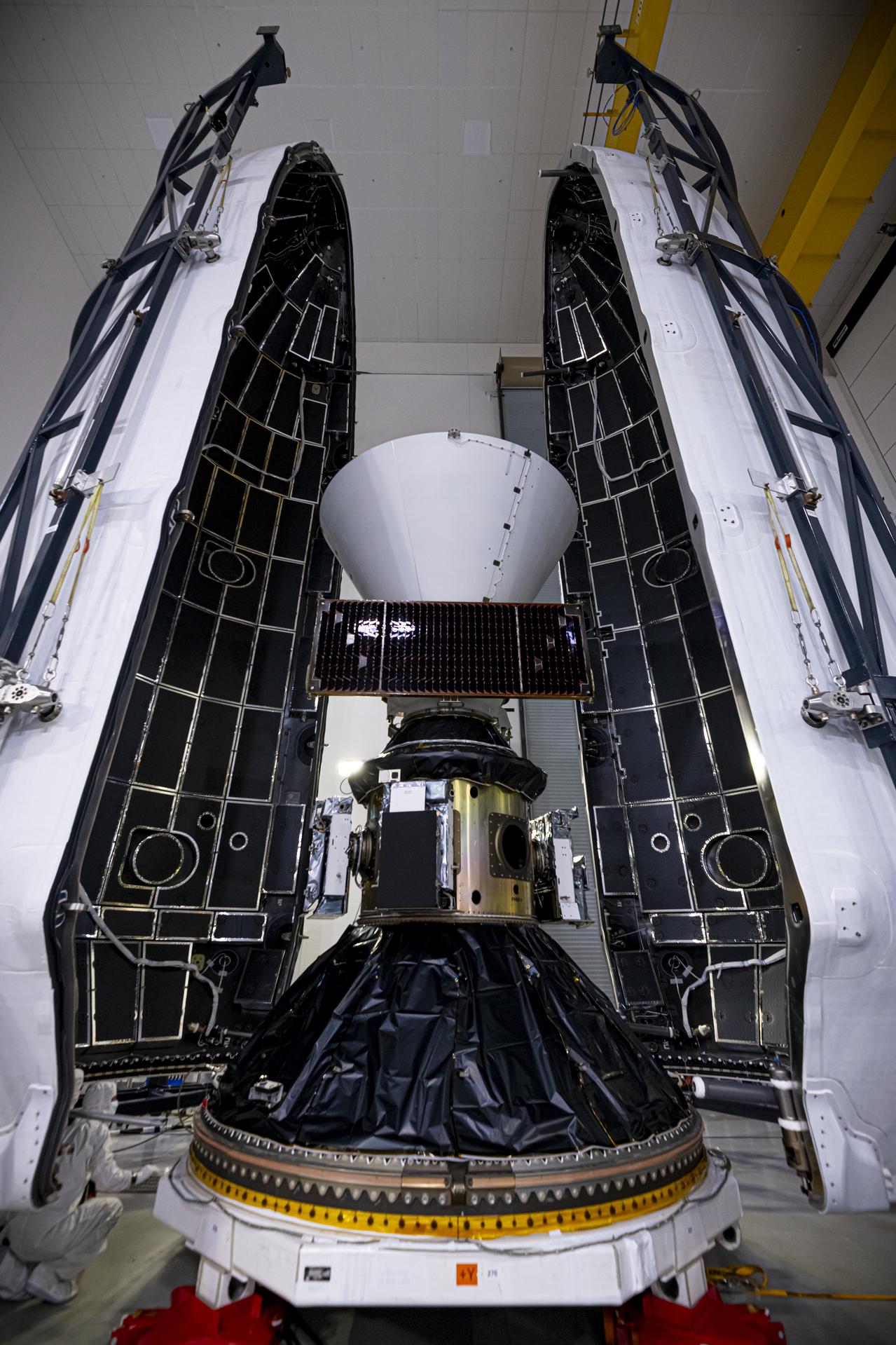

 Loading comments...
Loading comments...
